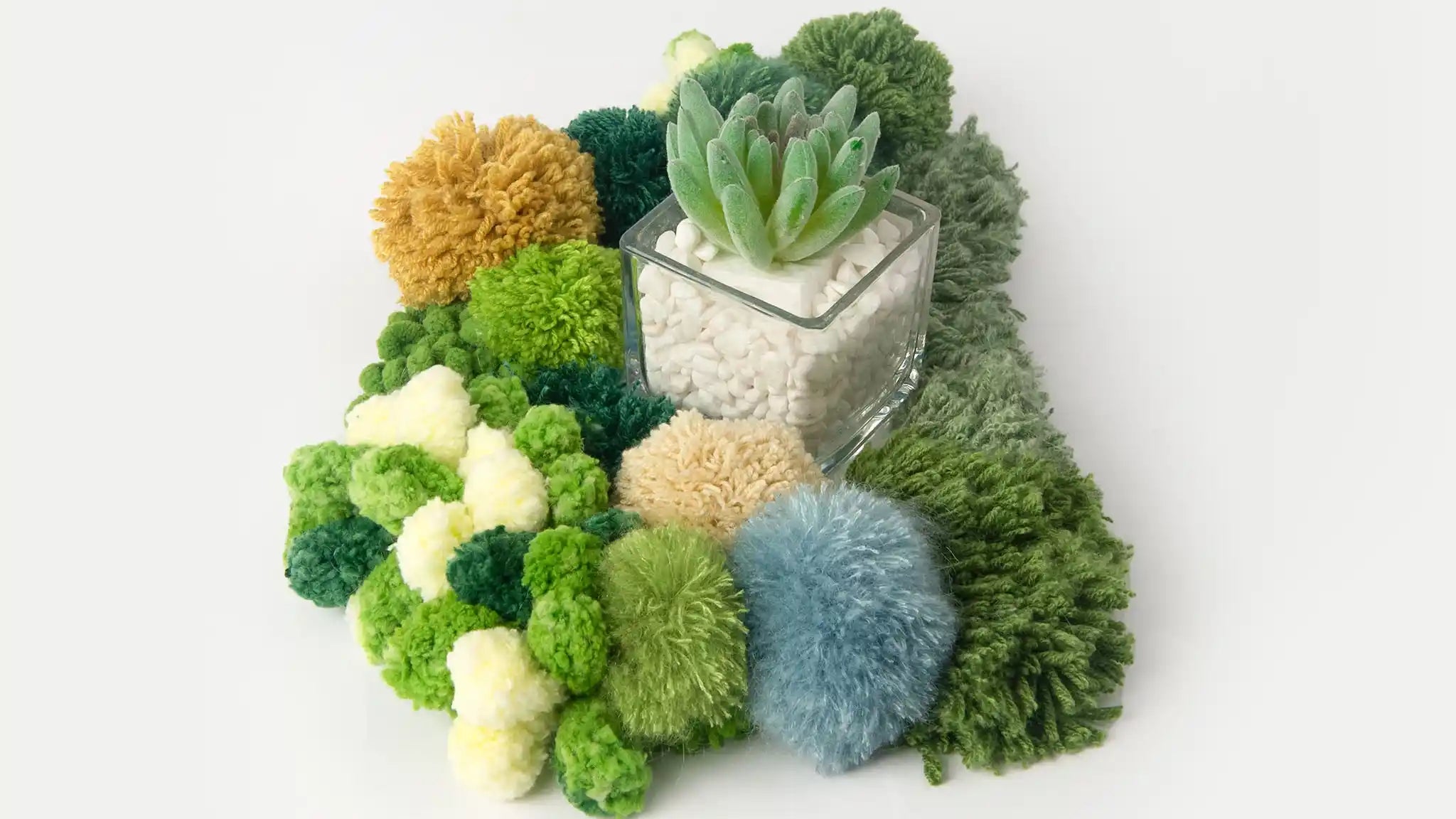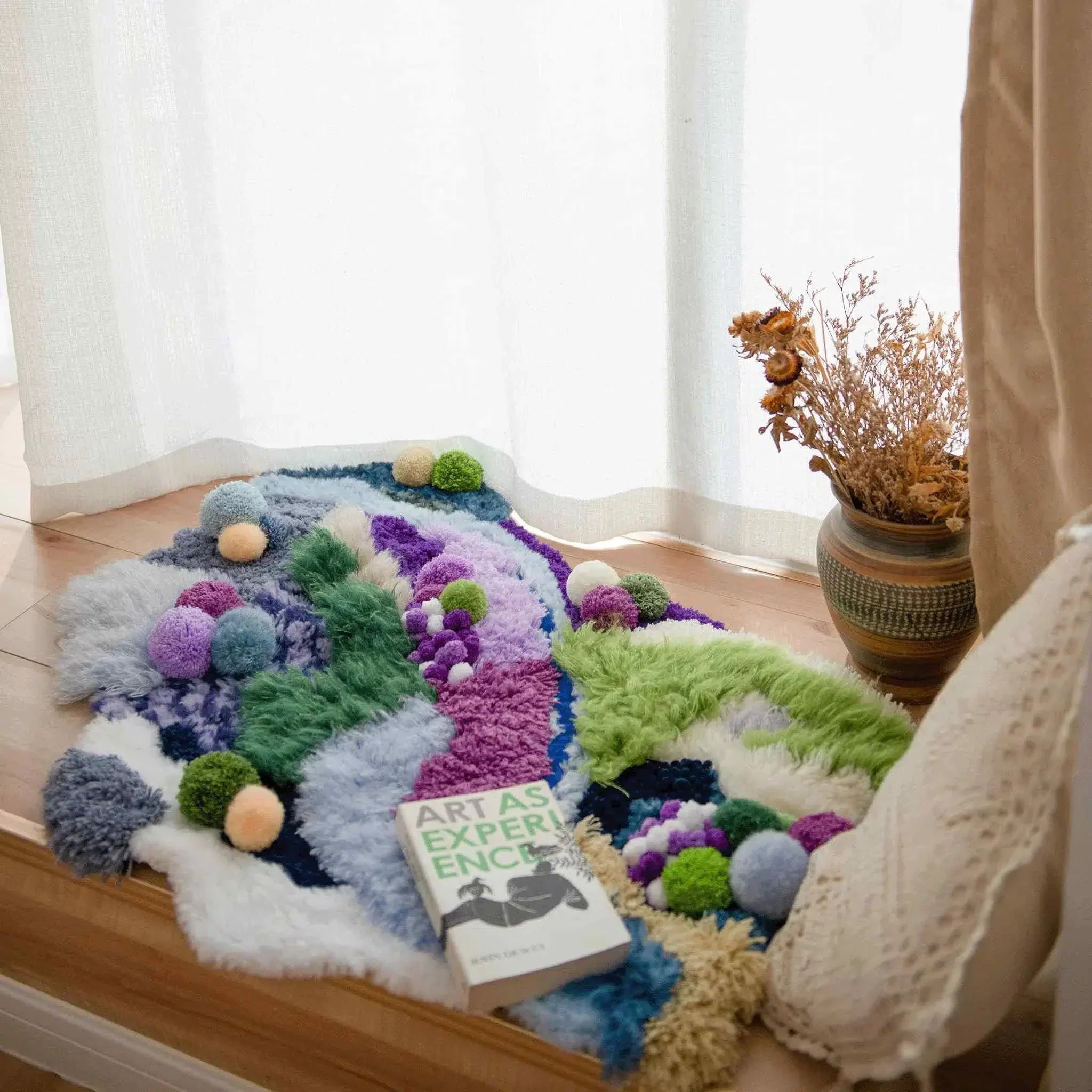Introduction
Handmade rugs are a beautiful and valuable addition to any home, offering unique textures, rich patterns, and artisanal craftsmanship. However, to ensure their longevity, proper rug maintenance is essential. From cleaning tips to protection techniques, caring for your handmade rug will help preserve its long-lasting textiles for generations to come. This guide covers everything you need to know about keeping your rug in pristine condition.

1. Understanding Handmade Rug Materials
1.1 Wool Rugs: Durable and Soft
Wool is one of the most popular materials for handmade rugs due to its durability and resilience. Wool fibers naturally repel dirt and moisture, making them easier to maintain.
1.2 Cotton Rugs: Lightweight and Easy to Clean
Cotton rugs are softer and more lightweight than wool, making them easy to move and wash. However, they may require more frequent cleaning due to their absorbent nature.
1.3 Silk Rugs: Luxurious but Delicate
Silk rugs are prized for their intricate designs and luxurious sheen but require extra care to avoid damage.
Discover Different Handmade Rug Materials
2. Essential Rug Maintenance Tips
2.1 Regular Vacuuming
-
Vacuum your rug at least once a week to remove dirt and dust.
-
Use a brushless suction attachment to avoid pulling delicate fibers.
-
For high-pile rugs, shake them out occasionally to loosen embedded dirt.
2.2 Rotating the Rug to Prevent Uneven Wear
-
Rotate your rug every six months to distribute foot traffic evenly.
-
This prevents fading and fiber wear in high-traffic areas.
2.3 Using Rug Pads for Protection
-
A rug pad provides cushioning, reduces friction, and prevents slipping.
-
It also helps maintain the rug’s shape and prolongs its lifespan.
3. Cleaning Tips for Handmade Rugs
3.1 Spot Cleaning for Stains
-
Blot, don’t rub: Use a clean cloth to absorb spills immediately.
-
Mild detergent solution: Mix water with a few drops of mild soap.
-
Avoid harsh chemicals: Bleach and strong cleaners can damage fibers.
3.2 Deep Cleaning Methods
-
Handwashing: Some rugs, like cotton ones, can be hand-washed in cold water.
-
Professional Cleaning: Wool and silk rugs should be professionally cleaned every 12-18 months.
-
Drying: Always air dry your rug completely to prevent mold growth.
Read More About Rug Cleaning Techniques

4. Preventing Damage and Wear
4.1 Protecting Rugs from Sun Damage
-
Keep rugs out of direct sunlight to prevent fading.
-
Use curtains or blinds to minimize UV exposure.
-
Rotate the rug regularly to balance any unavoidable exposure.
4.2 Avoiding Water Damage
-
Never place rugs in consistently damp areas to prevent mold and mildew.
-
If a rug gets wet, dry it immediately by hanging it in a well-ventilated area.
4.3 Keeping Pets and Pests Away
-
Trim pet nails to avoid snagging fibers.
-
Regularly clean the rug to prevent moth and dust mite infestations.
-
Use natural deterrents like lavender sachets for added protection.
5. Storing Handmade Rugs Properly
5.1 Rolling vs. Folding
-
Roll your rug instead of folding it to prevent creases.
-
Store it in a cool, dry place away from direct sunlight.
5.2 Using Protective Covers
-
Wrap rugs in breathable fabric (not plastic) to prevent moisture buildup.
-
Place cedar blocks inside the storage area to deter pests.
5.3 Unrolling and Airing Out
-
If storing for long periods, air out the rug every few months to prevent musty odors and fiber damage.
6. Investing in High-Quality, Long-Lasting Rugs
Handmade rugs are an investment in craftsmanship and quality. By following these rug maintenance and cleaning tips, you can ensure your rug remains a cherished part of your home for years to come.




